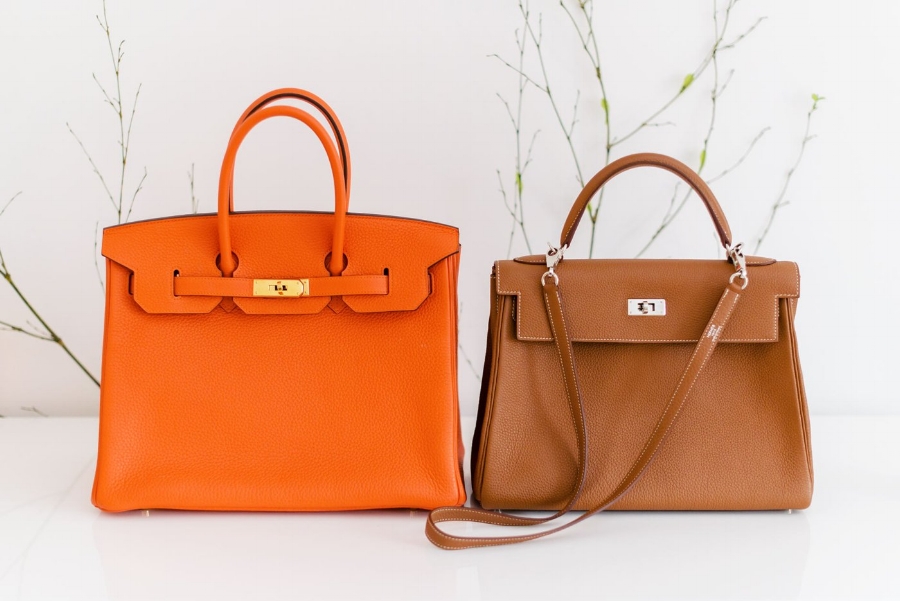 image: haute-edition.com
image: haute-edition.com
Hermès has long been known for intentionally courting demand for its coveted and pricey Birkin and Kelly bags, which start at $10,000, and a fair share of the demand for the Paris-based luxury brand’s bags can be tied to its strategy of carefully balancing (i.e., limiting) the availability of its most in-demand handbags.
As Luca Sola, head of luxury goods at BNP Exane Paribas, wrote last year, Hermès “has pursued one of the most effective stratagems for marrying high sales volume with the perception of exclusivity — category segregation — by confining iconic, core-category products (like bags) to high-end price ranges while offering other categories (like scarves) at lower price points to aspirational consumers.”
But there is more to the Paris-based brand’s model and its notorious waiting list than merely attempting to keep up appearances and maintain a pristine aura of exclusivity. There is an actual shortage of products at play when it comes to demand for the brand’s Birkin and Kelly bags, which Hermès aims to rectify, at least in part, by way of plans to add three leather goods workshops in France by 2020.
With that in mind, the 180-year old brand announced this past fall that it will hire 500 people in total for the two new sites and is already on course to add some 250 jobs in France, where it employs just over 8,000 people. The first of those factories opened on Friday in eastern France, and comes as rivals like LVMH’s Louis Vuitton also expand leather goods production to keep up with thriving Chinese demand.
According to Bloomberg, “Increasing production is a key aim for Hermès as it seeks to reduce waiting lists for its signature handbags. After being largely insulated from a slowdown in luxury consumption in 2015 and 2016, the company is trying to respond to a rebound in demand for high-end goods [largely in the Far East] by training leather workers and adding new sites.”
Hermès’ attempts to meet the larger recovery in demand for luxury goods with an increase in production of its leather goods is seemingly part of a larger shift in strategy, a move away from what Solca has called its “tried-and tested formula of frustrating demand for its core products.” As Gadfly’s Andrea Felsted stated last year, “Hermès normally keeps the supply of its most iconic bags below demand, boosting their scarcity and lengthening wait times for purchase. But lately, it’s been gradually lifting output to tap that demand.”
While certainly a profitable move, this is not a risk-free strategy. “By upping production, Hermès loses some of the cache” that has kept it so famous, but so far, Felsted says, the brand “appears to be striking the right balance. Part of the increase in production is for bags other than the most iconic models, so that should limit any detriment to the brand.”














